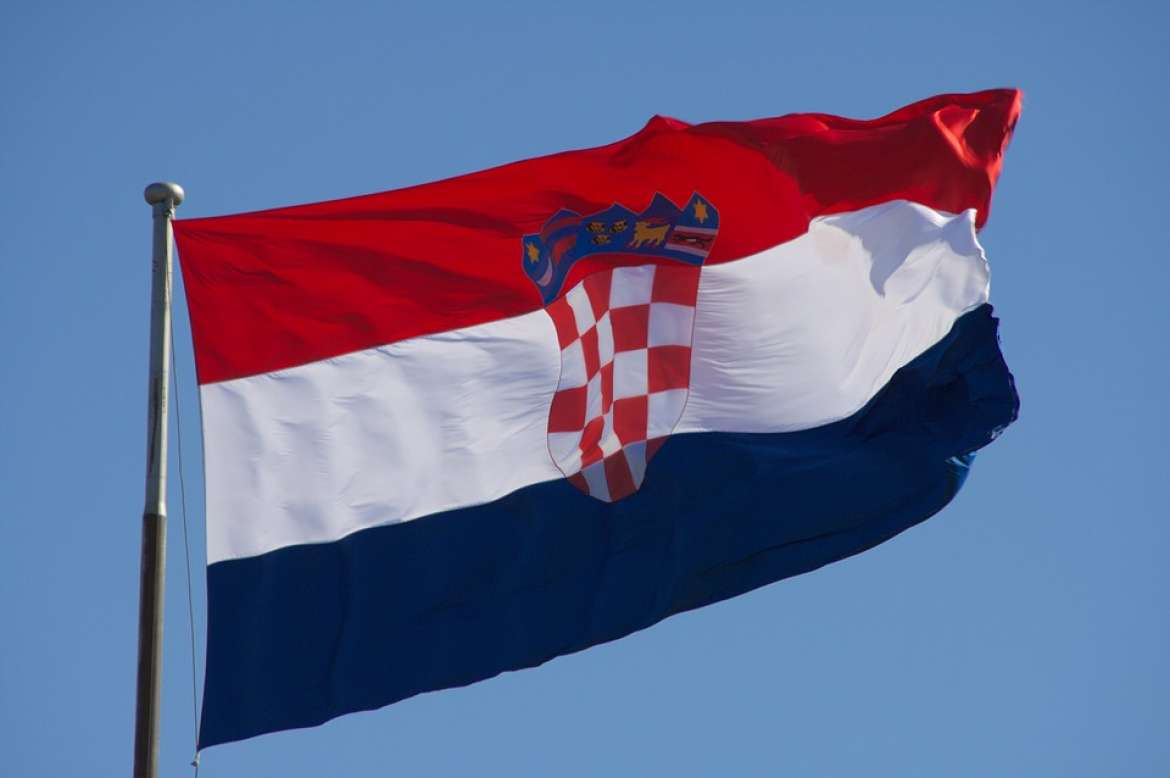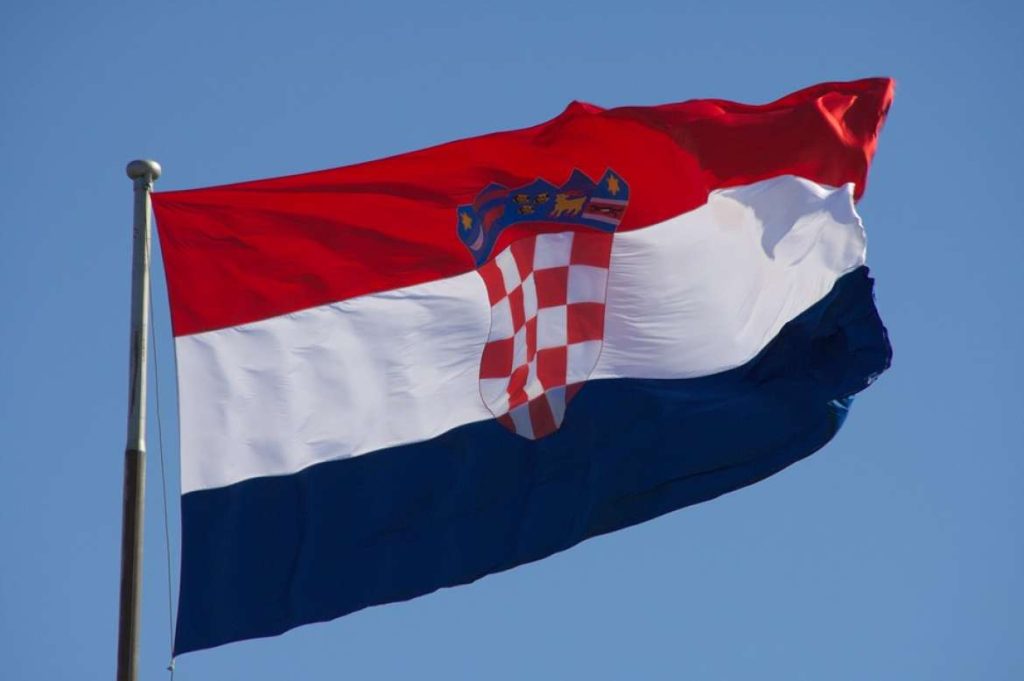
As Poslovni Dnevnik writes on the 27th of October, 2020, the Republic of Croatia is working hard to modernise its transport sector, and in order to find out what is being built and what is planned to be built in the new mandate of this Government, HAK sought answers from the Ministry of Maritime Affairs, Transport and Infrastructure. Let’s have a look at the massive Croatian megaprojects that are still to come.
”As far as the transport sector is concerned, a number of infrastructure projects worth more than 20 billion kuna are currently being implemented. The investment cycle is expected to continue in the next period, so that during the operational period 2021-2027, the plan is to invest an additional 45 billion kuna in the construction and renovation of transport infrastructure throughout the Republic of Croatia,” explained Ivana Skaric, ministry spokeswoman.
Railway modernisation
She noted that the greatest emphasis will be on the modernisation of Croatia’s aged railway infrastructure, with special emphasis placed on the completion of the Lowland Railway and the entire route of Corridor X. It is estimated that investment in this transport sector will exceed the hefty price tag of 22 billion kuna.
Thus, over the next three years, the Croatian megaprojects expected to be completed are as follows: the modernisation and electrification of the Zapresic – Zabok railway, the reconstruction and construction of the Dugo Selo – Krizevci railway, the reconstruction (and subsequent construction) of the second track on the Krizevci – Koprivnica – state border section, the upgrading and electrification of the Vinkovci – Vukovar railway, and the reconstruction and construction of the second track of the Hrvatski Leskovac – Karlovac section (the total value of these Croatian megaprojects stands at eight billion kuna).
”In addition to the above, the signing and implementation of the project of the reconstruction and upgrade of 95 railway-road crossings is expected soon. The start of the works on this is planned for the end of 2020, and the planned amount for the aforementioned project stands at more than 150 million kuna,” the competent ministry revealed.
Additionally, the implementation of projects along Corridor X is planned, this namely regards the upgrade and reconstruction of the Dugo Selo – Novska railway section which carries an estimated value of more than four billion kuna. This foresees the reconstruction of 72 kilometres of railway and the reconstruction of four railway stations, as well as the reconstruction of the Okucani – Vinkovci railway section which also has an estimated worth of more than four billion. With that, there are plans to renovate 131 kilometres of railway, as well as reconstruct 12 railway stations and 13 accompanying stops.
The lowland railway
In addition, the completion of the lowland railway is planned for the coming period, which includes the following: the construction of the second track, the modernisation and reconstruction of the Skrljevo – Rijeka – Jurdani railway section. This project is estimated at two billion kuna and includes the modernisation of almost 30 kilometres of railway line. Furthermore, the modernisation of the Ostarije – Skrljevo railway section is also envisaged. The project is estimated at 7.5 billion kuna, and includes the reconstruction of 114 kilometres of railway.
The modernisation of the railway M202 Zagreb GK – Rijeka, section Karlovac – Ostarije is also planned. That particular project is estimated to stand at three billion kuna. Additionally, a project for the preparation of study documentation for the so-called Lika railway is in the works.
”The railway connections of the airports and ferry ports of Zadar and Split are being prepared, with the railway connection of the City of Zadar with the port of Gazenica and Zadar Airport, as well as the Bibinje – Sukosan bypass, and the project of connecting the Split subway railway station in the Ferry Port Split (East Coast), with Split Airport and the construction of an intermodal junction of the new main station Split (Kopilica),” they claim from the appropriate ministry.
Peljesac Bridge
In the term of office, the completion of the largest and most important project in the Republic of Croatia is expected – the construction of the long awaited Peljesac Bridge. ”The deadline for the completion of the bridge is the beginning of 2022, while the completion of the entire project (with all of its access roads) is expected by 2023,” the ministry noted.
15 billion kuna for road infrastructure
Investments in road infrastructure will continue in the next period, and Croatian megaprojects worth more than 15 billion kuna are already being prepared, such as the completion of Corridor Vc (the Beli Manastir – Hungarian border section), which stretches from Budapest all the way down to Ploce in a total length of 702 kilometres. The construction of the motorway on the Vc corridor in Croatia will be completed by the end of 2023.
In the next period, the ministry noted, investments will be directed to a number of projects in the City of Split, such as the Split Bypass, which is in Omis, carrying with it a total value of more than two billion kuna, and the Kozjak tunnel with a total value of almost one billion kuna.
The Ucka tunnel
Investments continue on the construction of the Istrian Y regarding the Ucka tunnel. The ministry states that this is an investment worth almost 1.5 billion kuna, which, in addition to the continued construction within the Ucka tunnel, refers to new viaducts, underpasses, overpasses and rest areas.
”In addition to the above, important road sections will be built in the term of office, such as the Skurinje junction to the Port of Rijeka, the Srijem Transversal, the construction of the Podravina Y, the road in the direction of the Dubrovnik – Montenegrin border, the Novi Vinodolski bypass will be built as part of the construction project, and motorways on the Krizisce – Zuta Lokva section,” stated Skaric.
Investment in ports: three billion kuna
In the maritime sector, more specifically in the construction of port infrastructure along the Croatian Adriatic, the plan is to invest an additional three billion kuna.
”Investing in port infrastructure and increasing the capacity of the Port of Rijeka, along with the construction of the lowland railway, is a particularly significant strategic investment in the context of the continuation of traffic and the economic development of the Republic of Croatia. In that sense, the concessionaire at the new terminal on the Rijeka coastline expected, and thus the continuation of investments in the infrastructure of the terminal itself, as well as the implementation of all EU projects implemented in the Port of Rijeka, which are all worth more than three billion kuna.
Investments in other ports of special international economic interest in the amount of more than two billion kuna are also planned. Among them, the most significant will be projects in the area of the ferry port Gruž, ie the project Batahovina II, investments in the expansion (including relocation) of the port infrastructure of the port of Split to the location Stinice, upgrade of the pier Vrulje within the maritime passenger terminal in the port of Sibenik.
– Projects for rehabilitation and reconstruction of port infrastructure of county and local importance from Istria to Dubrovnik with money from EU funds will continue in this mandate. An investment of around HRK 250 million is planned in such projects – the ministry states.
Rebuilding the fleet of ships
Further investment in the Department of Navigation Safety is also expected. In addition to the already planned laws and bylaws and the modernisation of the search and rescue system at sea, the renewal of the fleet of ships (10) is planned and it is estimated that investment in this sector will amount to more than 300 million kuna in total.
In the field of inland navigation, a number of EU projects are planned, such as the construction of a bulk cargo transshipment terminal in Osijek, the project of developing a waterway marking system in the Republic of Croatia, arranging a waterway on the Danube near Sotin, the construction of an international winter resort in Opatovac on the Danube, the new vertical shore in the port of Vukovar, and the study and project documentation for the dangerous goods terminal in the port of Slavonski Brod.
More than a billion kuna for the aviation sector
”After the opening of new passenger terminals in Zagreb, Split and Dubrovnik, investment in the modernisation and expansion of airports across the Republic of Croatia continues. In the next period, a total investment in the aviation sector is expected to stand at more than one billion kuna, with the most prominent investment of all being the renovation and expansion of the runway and car park of Zadar Airport, the modernisation of Osijek Airport and Rijeka Airport (Krk) and the planned modernisation and expansion of the airport in Mali Losinj,” stated the ministry, adding that the process of finding a strategic partner for Croatia Airlines will continue, as will the stabilisation of the company’s operations, also taking into account the situation within that company caused by the coronavirus crisis.
Broadband internet in every corner of Croatia
A special emphasis in the next period, the ministry added, will be placed on broadband internet, ie its availability in all parts of Croatia.
”The project of building a national aggregation of broadband infrastructure of the next generation and connecting target users within public administration bodies with modern electronic communications infrastructure, also of the next generation, is estimated at 780 million kuna,” Ivana Skaric revealed.
New buses, trams, automatic traffic control
When it comes to public transport, after the successful implementation of projects for the procurement of new buses for as many as nine Croatian cities, a new round of investments is planned in the procurement of yet more new buses, trams, the construction of tram infrastructure and automatic traffic management systems.
Contactless toll collection
”Contactless toll collection on motorways will be introduced, which will apply to the entire system across Croatia, which includes HAC, ARZ and all concessionaires, ie Bina Istra and AZM. The plan is to introduce a new system by the summer season during 2022,” the ministry said.
Extremely important investments for economic and social growth
Spokeswoman Ivana Skaric added that all the aforementioned Croatian megaprojects were listed as the most important and that some smaller projects were not included, especially in the road and port sector.
”Most of these projects will be co-financed through EU funds, specifically, the new Operational Programme for the period 2021-2027, CEF Connecting Europe Facility and through the presented European Recovery Plan, ie the Mechanism for Recovery and Resilience. At the moment, the ministry has proposed a number of projects and funding programmes to enable the launch and continuation of all infrastructure projects, especially those that will impact the green and digital transition, making the economy more resilient and prepared for future challenges.
Finally, all these investments will enable the further development of transport infrastructure across the Republic of Croatia, which is extremely important for economic and social growth, as well as for international connectivity. Developed transport infrastructure is an instrument of regional development that initiates the exchange of goods and better accessibility to all economic, health, tourist and other facilities,” concluded IvanaSŠkaric, spokeswoman for the ministry.
For the latest travel info, bookmark our main travel info article, which is updated daily.
Read the Croatian Travel Update in your language – now available in 24 languages
Join the Total Croatia Travel INFO Viber community.








